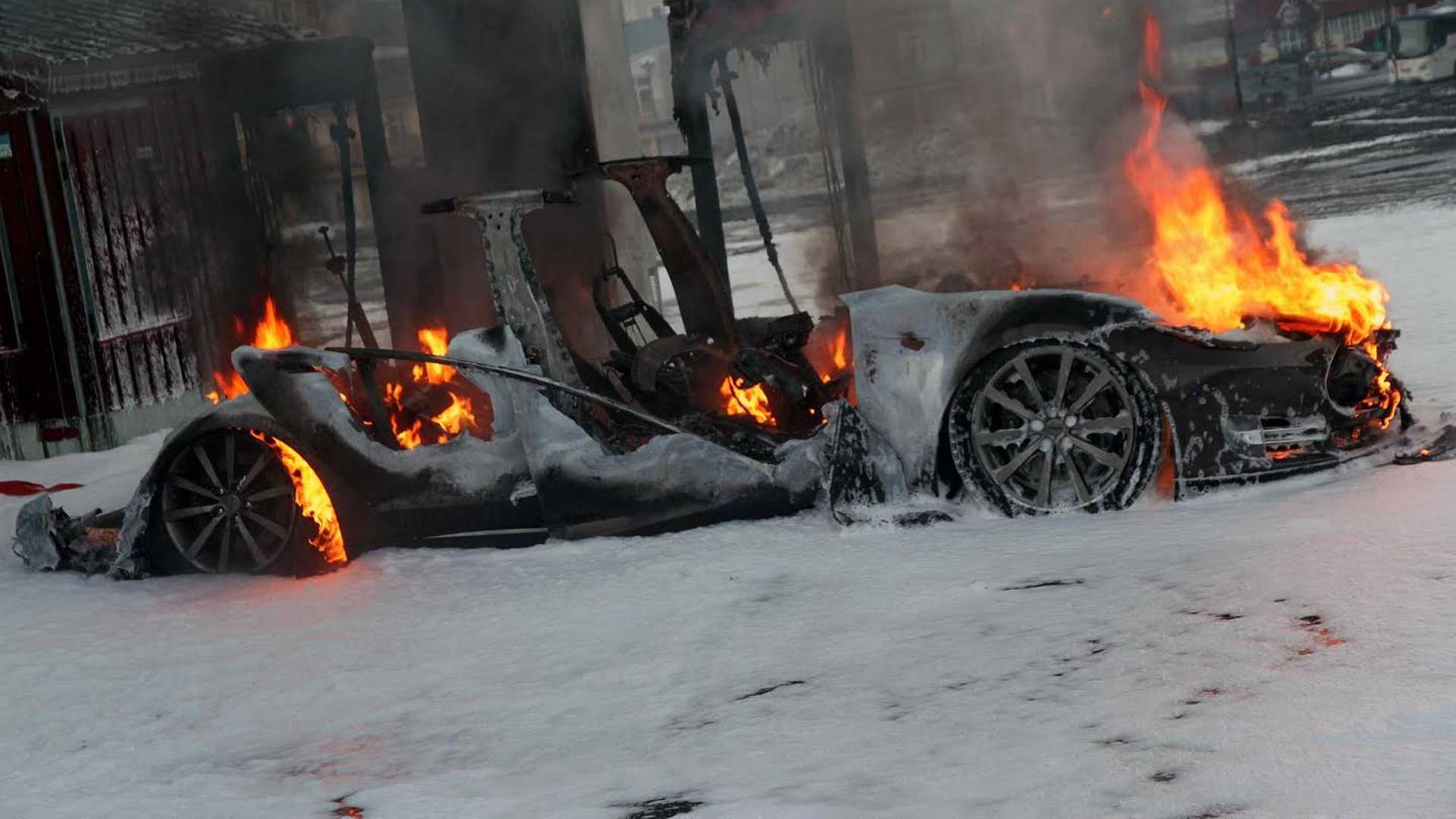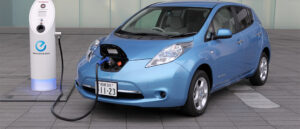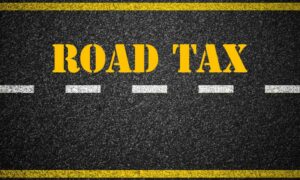The link to the Guardian article highlights a critical issue concerning those EV owners who charge at home. No, it doesn’t talk about the risk of your battery powered EV unexpectedly catching fire, but does discuss the heightened risk of a domestic electrical fire if proper care isn’t taken while charging your EV at home.
The most alarming feature of this story is the statistic that shows 75% of EV owners who home charge using domestic multi-socket extension leads (aka Power Bars for those more computer-inclined) that are not fit for outdoor use. Of these people, a further 75% also admit to connecting one lead to another (aka daisy-chaining) that adds more risk of fire.
A logical question is why are people doing this? The answer is two-fold. Firstly, those canvassed said that there aren’t enough public charging points near them thus leading to a preference for home-charging from a pure convenience factor. Unto itself, this isn’t terribly surprising. Secondly, uptake of Government subsidised home-charging kits (aka wallbox chargers) has been minimal. This is likely due to the fact that not all councils offer subsidies for wallbox chargers to begin with. Further, communication levels on the part of councils that do indeed offer subsidies for wallbox chargers has been very poor. People are left confused and frustrated as to what their options are for wallbox charging. Not helping in the decision process is the fact that there are already some 40 companies who provide wallboxes that will work with most electric vehicles.
Until more public charging points become available and until it becomes easier for people to purchase” a home wallbox charger, I simply ask those EV owners to ensure that the leads they use to run from their homes to the parked EVs are appropriate for outdoor use. Also, save yourself the hassle, and reduce the risk of fire, and get yourself the longest lead you can find…




